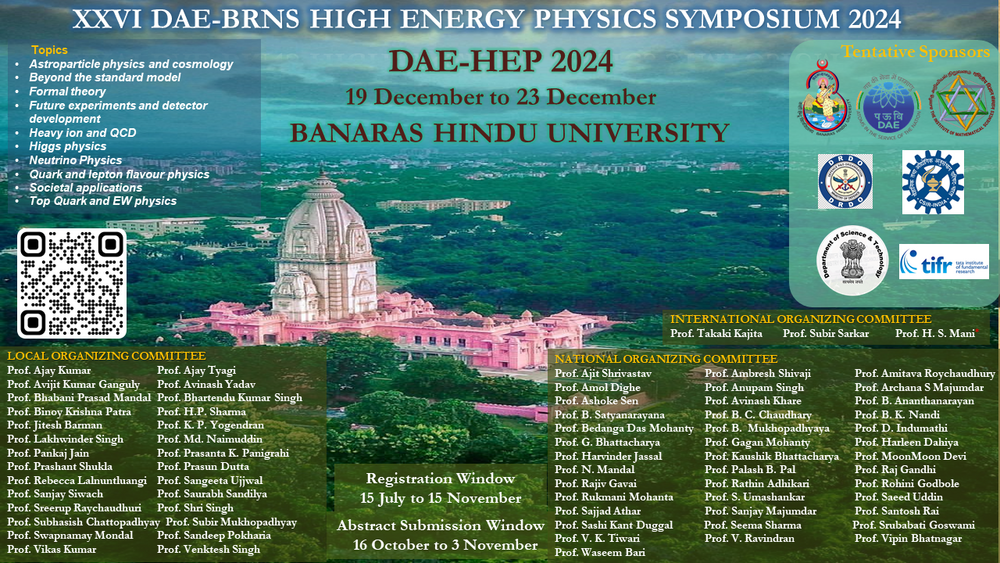Speaker
Description
IceCube-Gen2 is a proposed extension to the existing IceCube Neutrino Observatory at the South Pole. Here we study the sensitivity of this future detector to the mass separation of primary cosmic rays, using CORSIKA Monte Carlo simulations of air showers initiated by H, He, O and Fe primaries. IceCube-Gen2 will have mainly three components: an optical array instrumenting ten times the in-ice volume of the present detector with 120 optical strings made up of the digital optical modules (DOMs), a proportionally larger surface array on top of the optical array, and a radio array for ultra-high-energy neutrinos. The surface array will be composed of 130 hybrid stations, each with eight scintillators and three radio antennas, the latter are not yet considered in this study. IceCube/IceCube-Gen2 detects cosmic rays indirectly via the observation of particle cascades in the Earth’s atmosphere. Here we investigate a set of variables for both, the scintillators of the surface array and the full optical array, to identify those which have the highest mass discrimination power. Among the various variables studied, the energy loss of in-ice muons in the optical array is found to have the highest discrimination power provided that the cosmic-ray energy is known, e.g. from the surface array.
| Field of contribution | Experiment |
|---|

